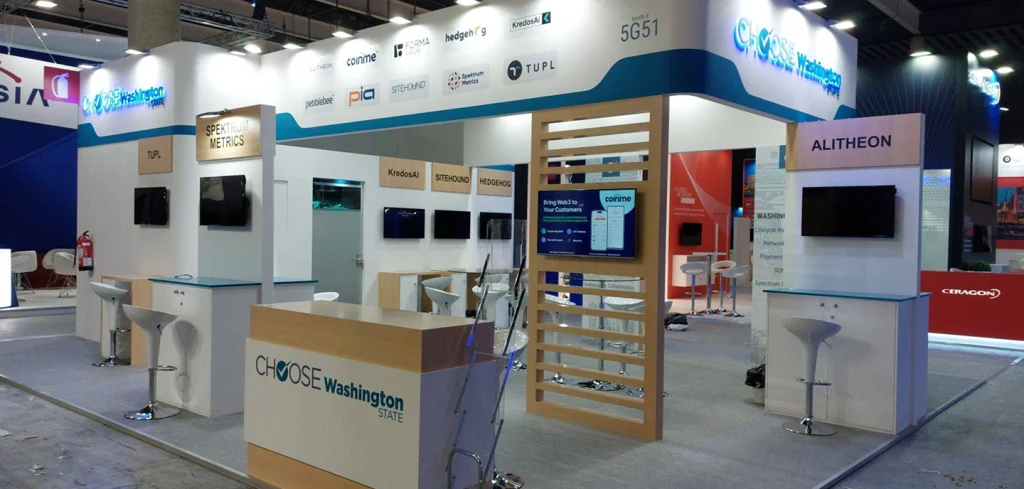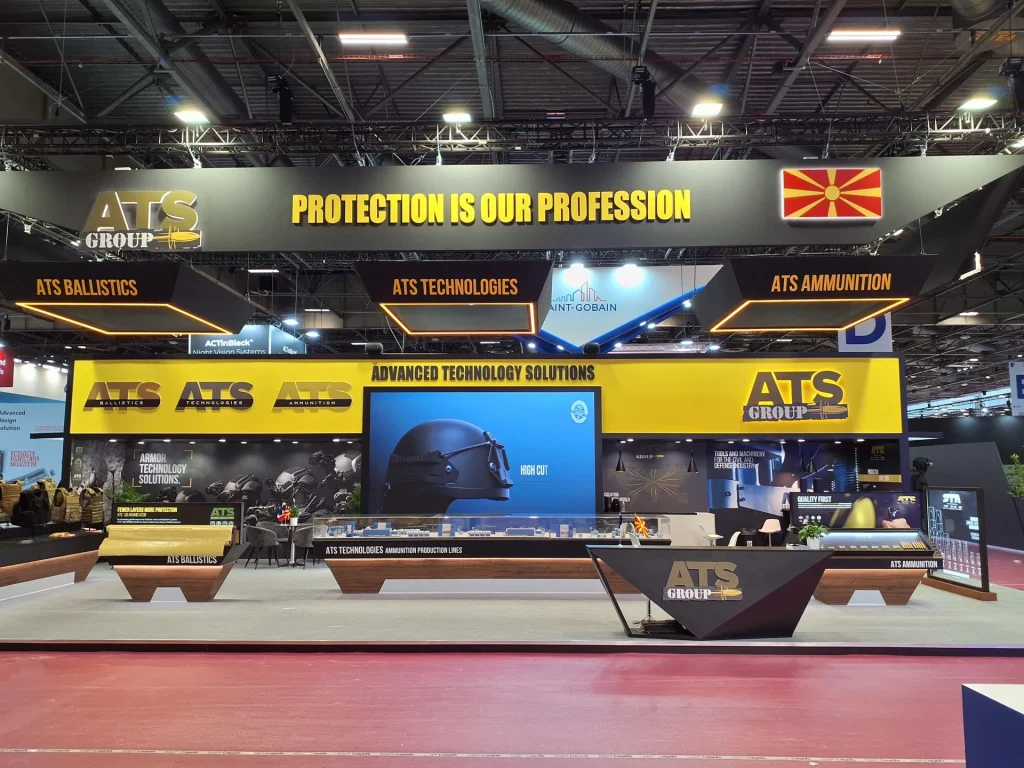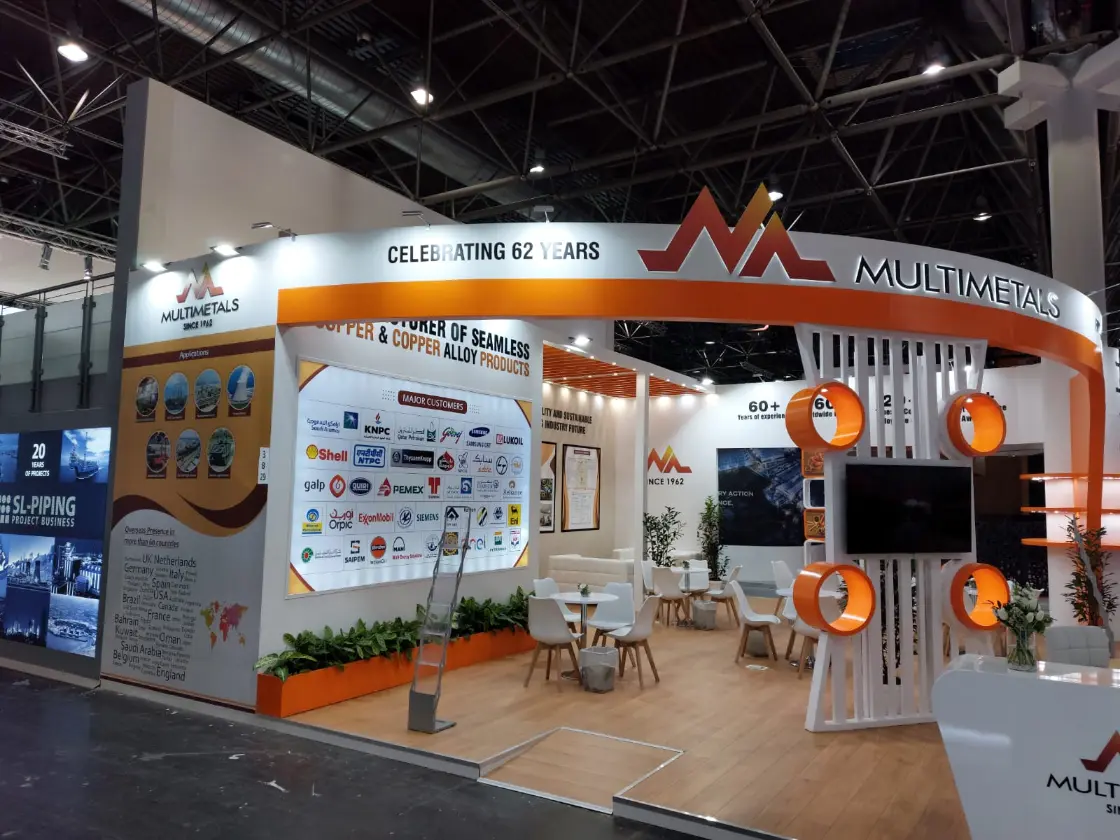
Introduction: Understanding Europe’s Diverse Exhibition Landscape
Exhibiting at trade shows in Europe provides unparalleled business opportunities, but it also comes with complex regulatory challenges. Unlike the U.S. or other single-market regions, Europe consists of multiple countries, each with its own exhibition rules, safety standards, and compliance requirements.
For exhibitors, failing to meet these requirements can result in delays, fines, or even booth rejections. Understanding the key regulations across European trade shows is crucial for a smooth, hassle-free exhibiting experience.
This guide explores the most important exhibit regulations in Europe, highlighting country-specific rules, sustainability mandates, and logistical requirements that exhibitors must navigate.
1. Key Regulatory Differences Between European Countries
Why It Matters:
Trade show regulations vary significantly across Europe, with some countries enforcing stricter health, safety, and sustainability requirements than others.
Examples of Key Differences:
| Country | Unique Exhibition Regulations |
| Germany | Strict booth height limits, mandatory fire-resistant materials, and energy efficiency rules. |
| France | Requires detailed electrical safety approvals and limits the use of synthetic materials. |
| UK | Post-Brexit customs regulations make importing materials from the EU more complex. |
| Italy | Strict labor union rules for booth setup and dismantling. |
| Netherlands | Strongest sustainability requirements for booth materials and waste disposal. |
Pro Tip: Work with a trade show booth design company that has experience across multiple European markets to ensure full compliance.
2. Health & Safety Regulations for Trade Show Booths
Why It Matters:
European trade shows prioritize visitor and exhibitor safety, requiring booths to meet fire safety, electrical, and structural integrity standards.
Key Safety Regulations to Follow:
- Fireproofing Requirements – Many venues require flame-retardant materials for booth structures, carpets, and signage.
- Weight & Load-Bearing Limits – Some trade shows restrict the weight of hanging structures and elevated platforms for safety.
- Emergency Exits & Accessibility – Booths must include clear pathways for visitor movement and emergency access points.
- Electrical Compliance – All wiring, lighting, and electronics must meet European electrical standards (CE certification required).
Pro Tip: Consult an exhibition booth design company familiar with fire safety and engineering codes to ensure your booth passes inspections.
3. Sustainability & Green Compliance in Exhibit Design
Why It Matters:
Europe is a leader in sustainable trade show practices, with many venues enforcing eco-friendly regulations for exhibitors.
Sustainability Rules Across Europe:
- Recyclable & Eco-Friendly Materials – Many trade shows ban single-use plastics and require exhibitors to use recycled or biodegradable materials.
- Energy-Efficient Booths – LED lighting, solar-powered digital displays, and energy-efficient appliances are often mandatory.
- Waste Reduction & Recycling – Some events require exhibitors to submit a waste management plan detailing how materials will be disposed of post-show.
- Carbon Footprint Reporting – Increasingly, exhibitors must track and report their carbon emissions from booth transport and energy usage.
Pro Tip: Work with a sustainable trade show booth design company to ensure your exhibit meets Europe’s environmental compliance standards.
4. Height, Space, and Booth Structure Limitations
Why It Matters:
Exhibitors must ensure their booth size, height, and hanging structures comply with venue-specific rules to avoid last-minute design changes.
Common Booth Design Restrictions:
- Maximum Booth Heights – Many venues enforce strict height limits (often 3-6 meters) to maintain sightlines.
- Overhead Signage Regulations – Some trade shows ban suspended banners or require special permits.
- Booth Space Constraints – Booths must stay within assigned boundaries, and walkways must remain unobstructed.
- Sound & Noise Restrictions – Many European shows limit speaker volume to prevent disruptions.
Pro Tip: A trade show exhibit design company can create a modular booth design that adapts to different venue regulations.
5. Customs & Logistics: Importing Booth Materials Into Europe
Why It Matters:
Shipping trade show materials across borders requires customs clearance, tax considerations, and logistics planning.
Key Trade Show Logistics Considerations:
- Temporary Importation Rules – Some countries allow duty-free imports for exhibit materials if they are re-exported post-show.
- VAT & Duties – VAT charges may apply when bringing materials into the EU; however, exhibitors can reclaim VAT through special procedures.
- Brexit Complications – Trade between the UK and EU now requires customs declarations and potential tariffs.
- On-Site Storage & Handling Fees – Many venues charge additional fees for material storage, forklifts, and last-mile transport.
Pro Tip: Partner with a trade show logistics company to handle shipping, customs, and on-site setup.
6. Labor Laws & Booth Installation Restrictions
Why It Matters:
Europe has strict labor laws that impact who can set up booths, working hours, and required permits.
Key Labor Rules in European Trade Shows:
- Unionized Labor Restrictions – In countries like Italy and France, union labor is often mandatory for booth setup and dismantling.
- Strict Work Hour Regulations – Many countries enforce maximum working hours per day, requiring exhibitors to plan for multi-day installations.
- Certified Contractors for Complex Booths – Large or multi-level booths may need licensed engineers and pre-approved blueprints.
Pro Tip: Work with local exhibition booth builders to avoid labor law violations and ensure a smooth setup process.
7. GDPR & Data Collection Rules for Lead Generation
Why It Matters:
The General Data Protection Regulation (GDPR) applies to all European trade shows, impacting how exhibitors collect and store attendee data.
How GDPR Affects Exhibitors:
- Consent for Lead Collection – Attendees must opt-in before their information is stored or used for marketing.
- Data Security Requirements – Personal data must be stored securely and not shared without consent.
- Right to Be Forgotten – Exhibitors must allow attendees to request deletion of their data post-show.
- Privacy Notices – All lead collection forms, QR codes, and scanners must include a clear privacy statement.
Pro Tip: Use GDPR-compliant lead capture software and train booth staff on proper data handling.
8. How to Stay Compliant and Avoid Issues
Best Practices for Exhibitors in Europe:
Work with Local Experts – Partner with an exhibition stand design company that understands regional regulations.
Request Venue Guidelines in Advance – Obtain trade show manuals and review all compliance requirements early.
Plan for Extra Setup Time – Some countries have longer approval processes for booth design and setup permits.
Keep Documentation Ready – Have safety certificates, import papers, and compliance reports on hand for inspections.
Invest in Sustainable Design – Future-proof your exhibit by ensuring reusability, eco-friendly materials, and energy efficiency.
Conclusion: Mastering Exhibit Regulations in Europe
Exhibiting in Europe is a high-reward opportunity, but it requires careful planning to navigate regulatory complexities. By understanding country-specific rules, sustainability mandates, and labor laws, exhibitors can avoid costly setbacks and ensure a smooth, compliant experience.
Need Help Managing European Trade Show Compliance?
Partner with an experienced trade show booth design company to ensure regulatory success across multiple European markets.
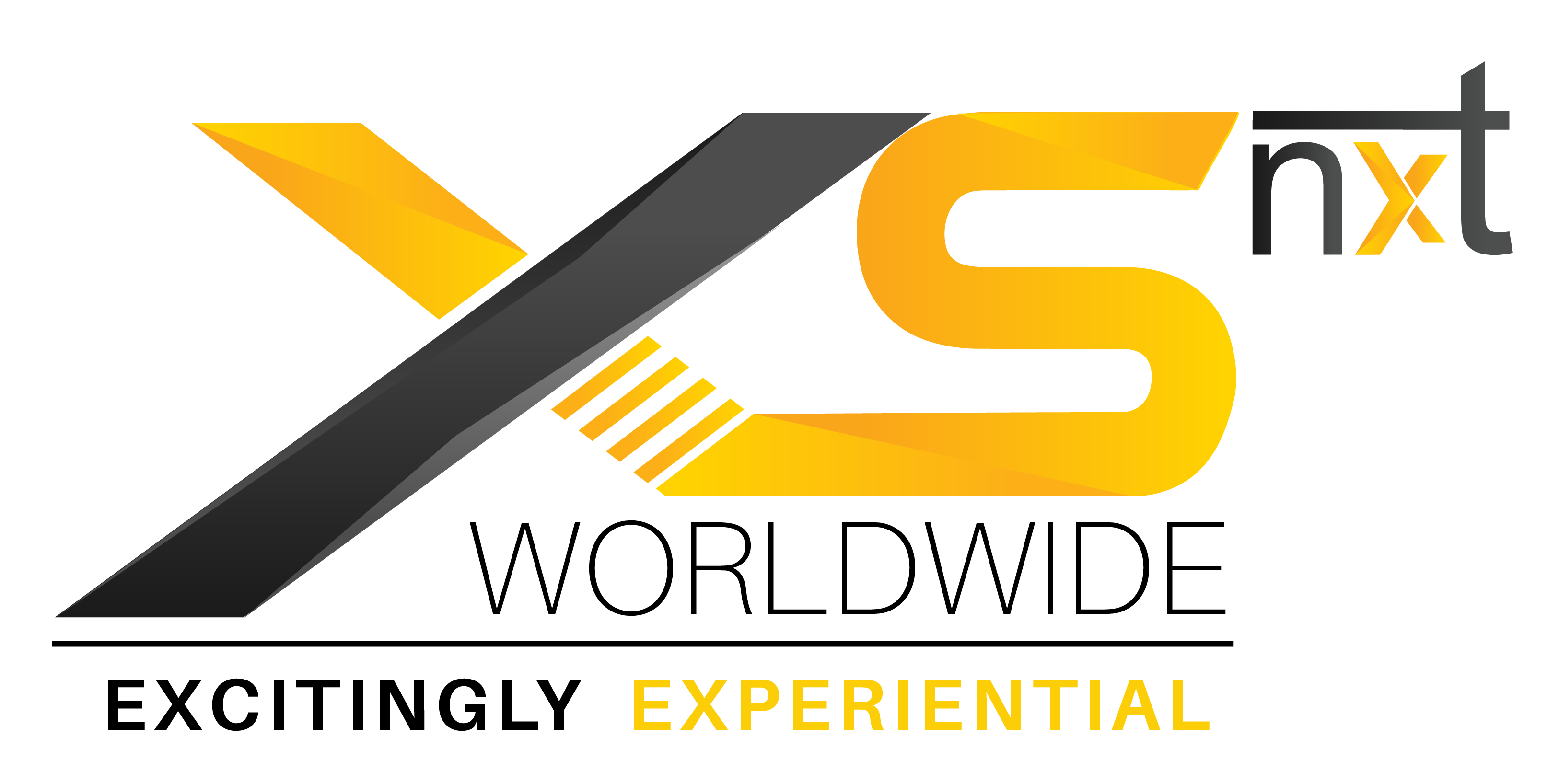
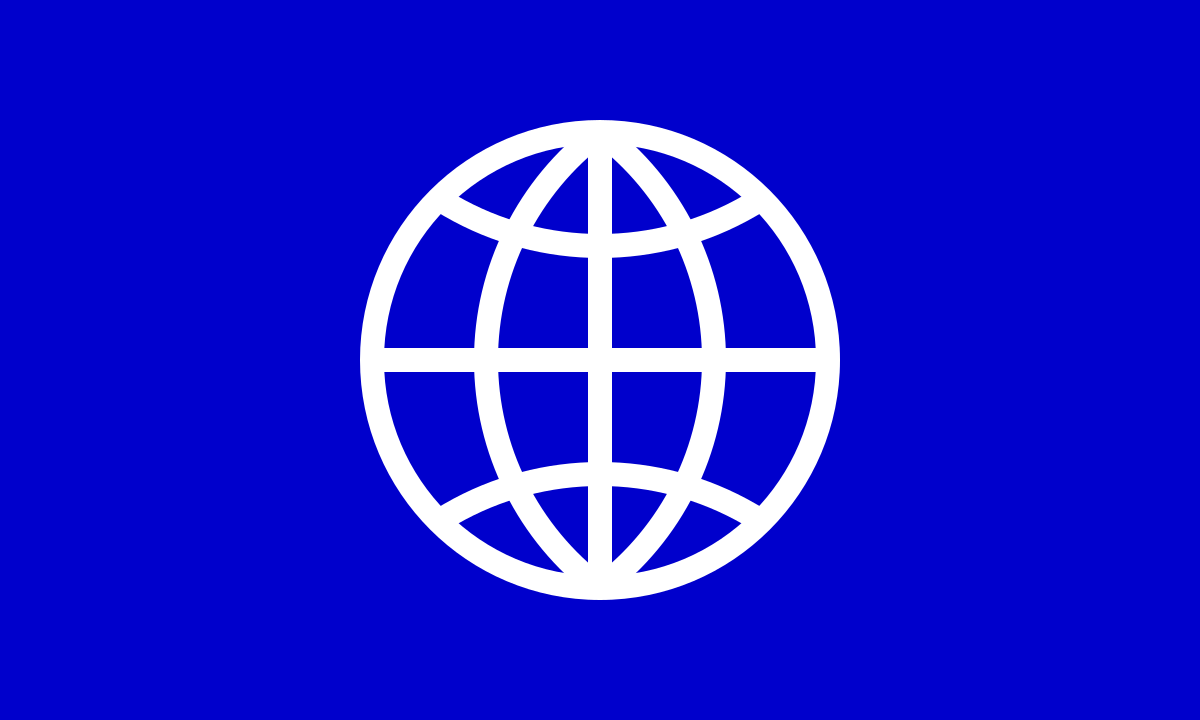 Global
Global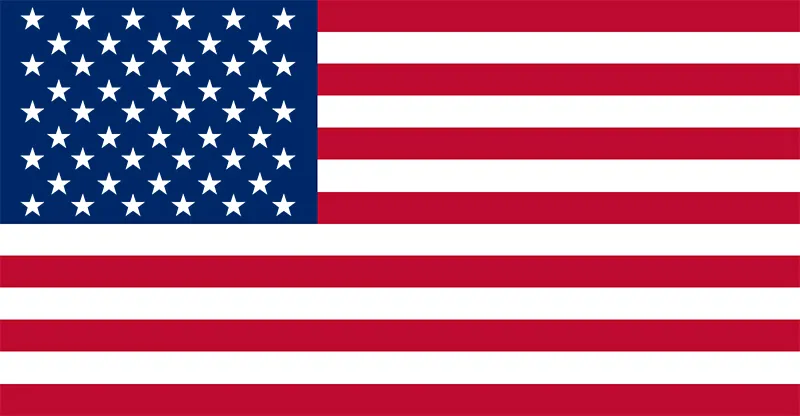 USA
USA